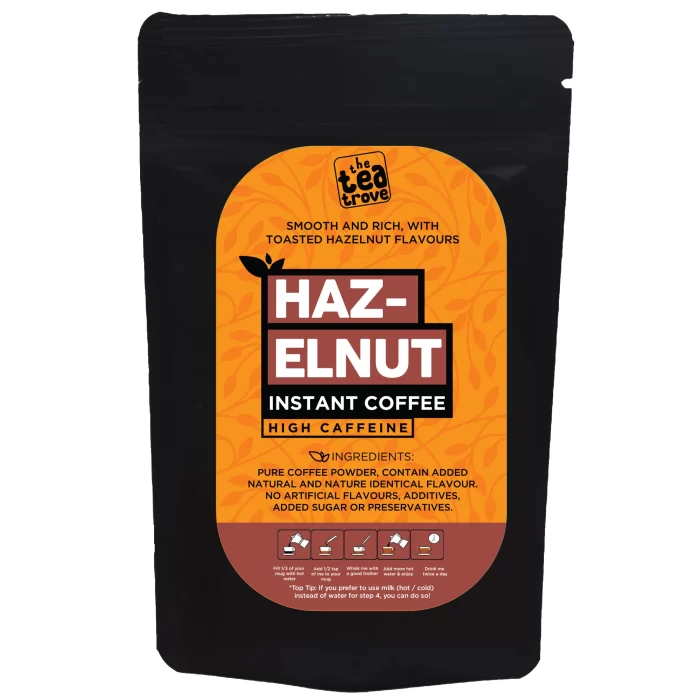For most coffee purists, adding anything artificial overpowers beloved beans’ innate flavors. But mass market products often incorporate synthetic flavorings seeking to resemble or accentuate the phases of tasting coffee itself for consistent experiences consumers expect. Here we break down the science and applications of the most popular artificial coffee boosters popping up in products everywhere. In this post we talk about The Most Popular Artificial Coffee Flavors.
Understanding Key Coffee Compounds
To successfully imitate coffee flavor requires first identifying exactly what natural compounds interact on the tongue to generate taste and aromas universally recognized as reminiscent of a fresh roasted cup. Duplicating or enhancing the key ones artificially sometimes achieves surprisingly authentic sensations:
Flavor Precursors – Maillard reaction browning created while roasting green beans generates sweet, nutty compounds activating our full flavor perception. Enhancing these with additions of caramel and nut derivatives replicates initial taste sensations.
Trigonelline – A main alkaloid resonance detected primarily aromatically as an intensely savory, broth-like smell. Adding meaty bouillon-esque boosters highlights this sensation.
Quinic and Chlorogenic Acids – Sour, tangy, tart notes often enhanced by citric acid additions to better extract perceived acidity.
Caffeine + Cafestol – Bitter components often accentuated using quinine or tonic derivatives to ensure that bitter bite expected of coffee comes through.
Together the interplay of enhancements interact to trick tastebuds by pushing the expected coffee flavor notes consumers anticipate, even if starting from inferior base beans.
Most Popular Synthetic Coffee Flavors
While dozens of specialty flavor houses offer proprietary coffee essence blends, several key staples frequently get incorporated:
Methyl Ketones -IBUTTER derivatives like 2,3 butanedione add creamy dimensions with intense buttery flavor. Encountered often in sweet coffee creamers and dessert drinks.
Furans/Pyrazines – CARAMEL/cocoa smells boosted using furfuryl mercaptan or pyrazine to lend sweetness and chocolate sensations expected in coffeehouse specialties.
Acetylpyrazine – NUTTY accent flavors that reinforce the nutty volatiles created via the Maillard reaction when roasting coffee beans. This amplifies the aromatic impression of nut-based characteristics.
Guaiacol + Vanillin – SMOKY and vanilla boosters combine for a familiar diner coffee profile carrying mild smokiness with a hint of sweetness as if poured from an airpot hours old.
These rely on manipulating perceptions via associations with other foods sharing similar aromatic compounds rather than directly deriving from the beans themselves. By heavy-handedly slathering on exaggerated additions, overall coffee flavor gets suggested even potentially starting from rotten beans while ensuring consistent batch-to-batch experiences.
Artificial Flavors in Common Coffee Products
While hipster coffee shops would never adulterate single origin beans with anything artificial, many coffee companies focused on consistency and cost savings lace their products with augmenting synthetic flavors. Among the commonly boosted everyday foods and beverages include:
Bottled Iced Coffees
• Frappuccino Bottled Coffee Drinks
• Starbucks Doubleshot Cans
• International Delight Coffee Creamer
• Coffee Candy Canes
• Coffee Protein Bars
• YoCoffee Yogurt
• Tiramisu Ice Cream
So next time you sip something tasting surprisingly yet consistently “coffee flavored” without beans listed, artificial flavoring likely assists creating that sensory impression. Not that there’s anything wrong with that occasional treat! But understanding what exactly tricks our tongues and noses reveals how easy it becomes amplifying (or distorting) beloved foods via flavor science.

